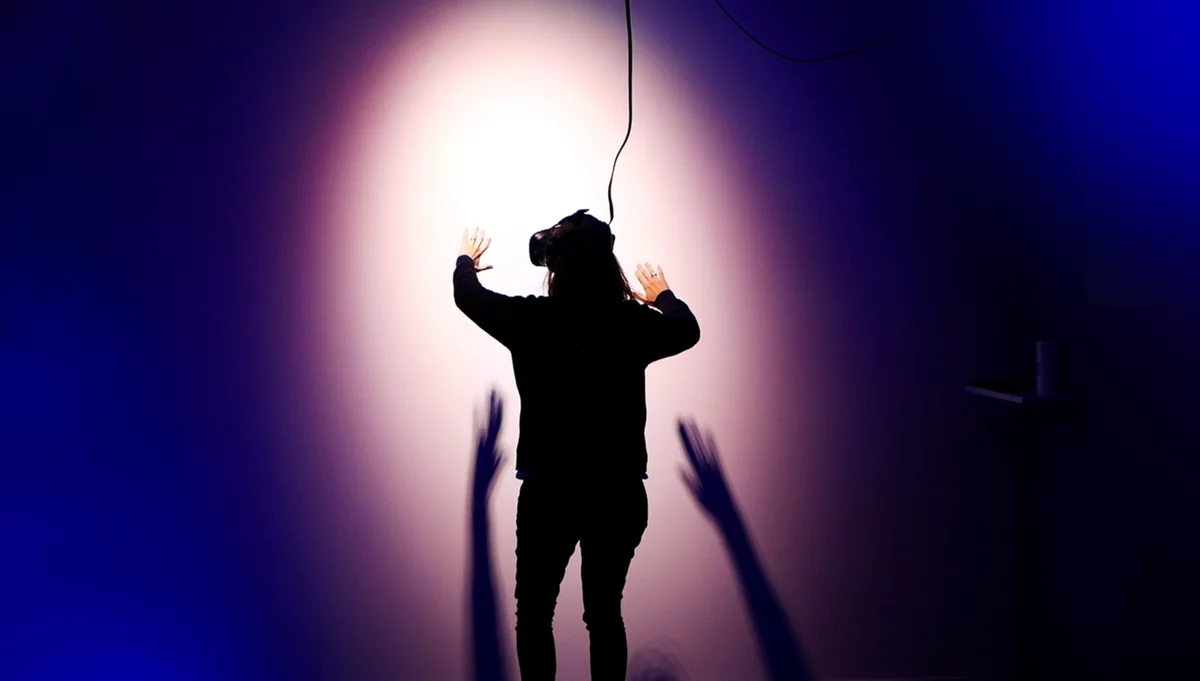OpenXR officially arrives on the latest version of SteamVR for Windows. Developed by the Khronos Group consortium, this API aims to make cross-platform AR/VR applications more common.
Known for its OpenGL or Vulkan APIs, Khronos Group is also at the origin of OpenXR. This other programming interface, for its part, focuses on augmented and virtual reality, with the aim of making it easier to develop applications capable of operating in both AR and VR.
The interest? Do not need a specific version for each of these two technologies.
SteamVR shines the spotlight on an API that deserves more attention
First introduced in 2019, OpenXR is a relatively young API, but the spinoffs can be very useful. We learn that it is now fully supported by the latest version of SteamVR. This adoption follows an announcement from Valve, which last year promised a switch to OpenXR for SteamVR, after having introduced support through a beta in the process.
SteamVR’s support for OpenXR is great news for the Khronos API, which is expected to skyrocket in popularity. SteamVR is indeed compatible with many devices and VR headsets.
Developers using OpenXR will therefore be able to reach a larger audience in this way, and without having to develop more versions of a single application, underlines Engadget.
The media point out that for the time being, OpenXR is supported by the Oculus Quest and Oculus Quest 2 (VR), the Microsoft HoloLens 2 augmented reality headset, Windows Mixed Reality headsets and by the VIVE Cosmos (VR headset) him too).
Some bonus news on the new version of SteamVR
For the rest, Valve is taking advantage of the new version of SteamVR to add some new features as a bonus. Among them, new settings to give users more control over the smoothing of movements, but also automatic throttling and prediction behavior, says Engadget.
These new settings should in particular make it possible to improve the performance of certain applications by lowering their framerate.

